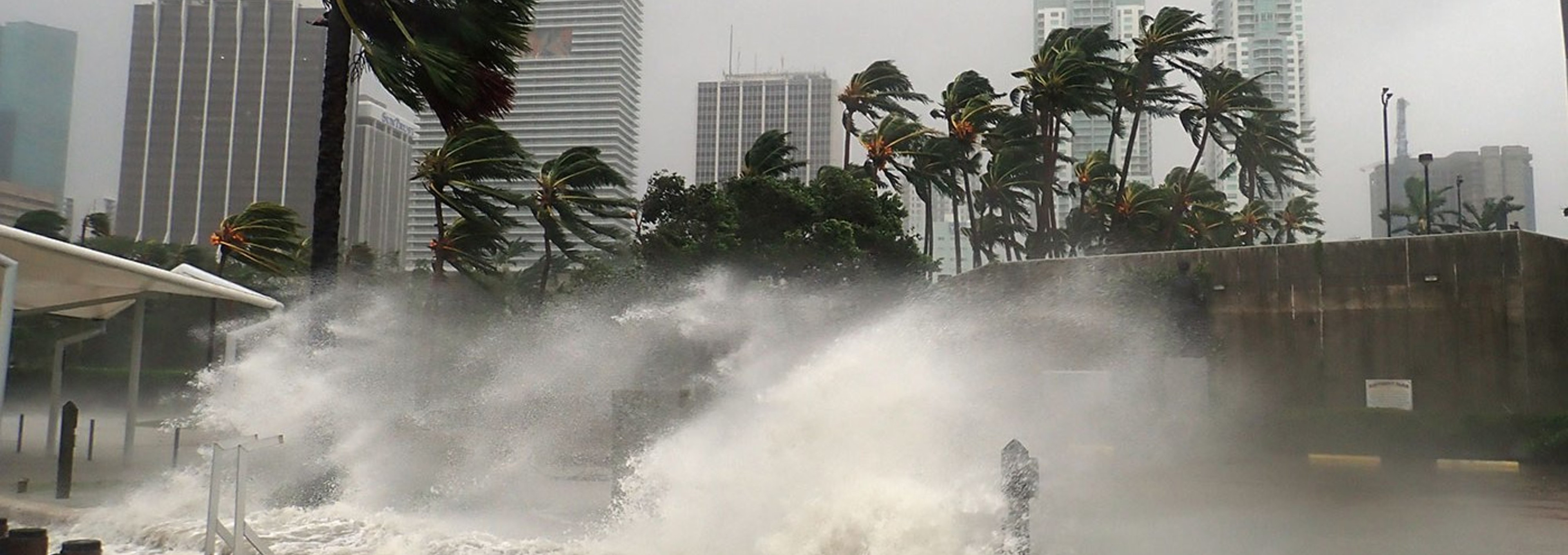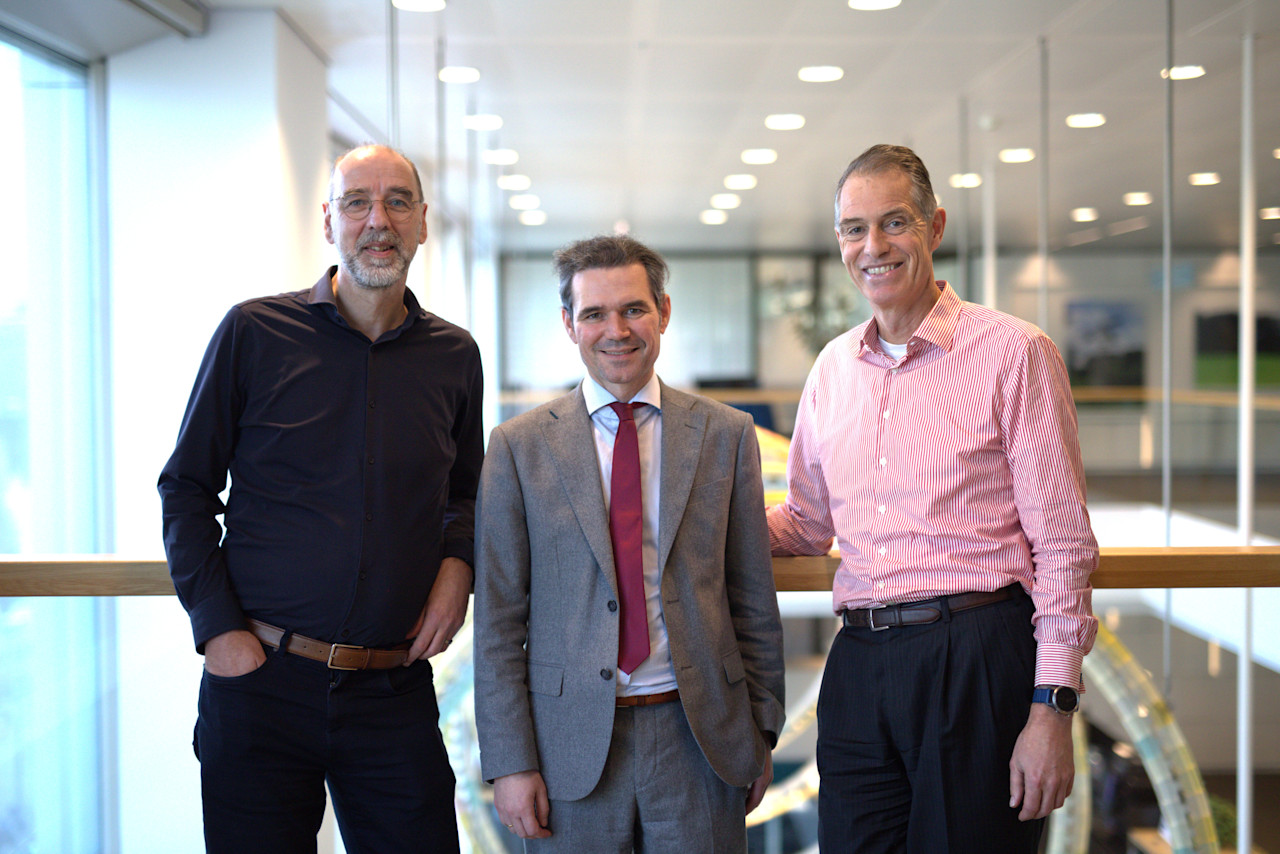

SI Dilemma: Climate adaptation versus mitigation
Hurricane Helene hit the shores of Florida as the curtain closed on New York Climate Week (NYCW) at the end of September, resulting in widespread devastation and loss of life. Its destructive power along the eastern seaboard and timing at the heels of one of climate investing’s largest conferences was enough to thrust climate adaptation into the spotlight at a global gathering typically absorbed with climate change mitigation.
まとめ
- Challenge of incorporating climate adaptation concerns into portfolios
- Limited investment options available for tackling severe weather
- Second dilemma of not having an agreed yardstick for biodiversity
As sustainable investors, we face the dual challenge of seeking returns while ensuring a just transition. The real dilemma though is figuring out how can we effectively incorporate climate adaptation concerns into portfolio construction, given the limited investment options currently available. We have plenty of solutions for renewable energy, but how can we pre-emptively solve hurricanes hitting Florida?
For years, climate change mitigation – where capital is channeled to companies that aim to reduce greenhouse gas emissions – has been a key focus of sustainable investing. And rightly so; it remains our best option for limiting temperatures to 1.5 °C above pre-industrial levels.
But for many, that ship has sailed. Our sluggish response until now means we have missed the boat and any real chance at mitigating climate change. Global temperatures are pushing to exceed 2.7 °C and blow past the levels needed to avert disaster. Many of the conversations at events across NYCW recognized this stark reality that mitigation alone may no longer suffice, and that more emphasis and investments should be focused on adaptation and resilience.
Resilience is clearly needed to recover
Drought, flooding, hurricane and wildfires are now commonplace, and their frequency and severity will intensify further. The impending landfall of Hurricane Helene as the week wore on continued to reinforce that climate change is no longer a distant risk, but a clear and present danger.
We will need to make changes to our social, economic and environmental systems to minimize the adverse impacts of climate change and ensure that these systems are able to recover quickly from climate- and weather-related disruptions. Such development requires significant innovation and mobilized capital. Thankfully, we believe that this presents multiple opportunities across a variety of sectors.
How do we adapt as sustainable investors?
Robeco has spent the greater part of the last decade developing formal frameworks to systematically evaluate and address climate-related risks and while looking for opportunities across our investment strategies.
Our taxonomy for climate solutions is an integral part of this process and includes categories for adaptation and resilience. We identify companies contributing to these objectives based on their sectoral revenue exposure. As it stands, the vast majority of climate solutions providers are focused on mitigation efforts such as decarbonization, with fewer than 1% of the names in our investible universe scoring positively for adaptation and resilience.
Needless to say, redirecting investment toward adaptation could narrow our investment options and risks diverting resources away from emission reduction efforts. We take a balanced approach to maximize our impact on climate, as both strategies are essential and often complementary in combating climate change.
However, the scarcity highlights the need for business to step up investments toward adaptive solutions, as climate risks increasingly turn to damaging realities. Under the EU Taxonomy, adaptation is the second-most thoroughly populated objective behind mitigation with abundant economic activities spanning agriculture, building construction, manufacturing, and IT.
This year has seen the release of several examples of frameworks designed to apply credible criteria to define adaptation and resilience activities and measure their real-world impact in industries. This should help facilitate financing flows to these areas.
Biodiversity, a natural and multi-faceted solution
Another critical dilemma we face as data-driven investors is what to do in the absence of an agreed-upon yardstick to measure progress of preserving biodiversity. How do we make effective, well-informed investment decisions when there is no ‘holy grail’ metric to judge performance on?
Nature, and its alter ego, biodiversity, have been making their way up the finance agenda over the past few years, and dominated many a discussion over the week, with good reason. In addition to promoting and protecting processes such as crop production that are vital for human survival, ecosystems are also vital for mitigation and adaptation. Forests, rainforests, and oceans act as carbon sinks that naturally absorb CO2 from the atmosphere. Meanwhile, wetlands and mangroves act as natural sponges, absorbing heavy rain and preventing destructive floods.
Despite an armada of alliances and a host of new acronyms including TNFD, BII and MSA, progress in integrating nature-related concerns remains slow within financial markets. This may stem from the demand from financial market participants for a one-size-fits-all nature metric, akin to the carbon footprint used as the starting point for climate analytics.
While efforts to develop such a metric are well intentioned, they may miss the point and we may miss a key learning from the recent experience of developing climate measures. As noted earlier, the world continues to heat up as emissions rise, despite ever more sophisticated and technically ‘accurate’ carbon footprinting.
Investing to prevent biodiversity loss
There are several clear steps companies and investors can take to address biodiversity loss. First and foremost is halting and reversing the deforestation of forests, rainforests and mangroves. These are nature’s own carbon capture technology, providing a critical first line of defence against climate change.
At Robeco, we have used engagement to actively address deforestation. Since 2020 we have had a palm oil policy in place that requires an increasingly strict proportion of investee companies’ plantations to be RSPO certified.
In addition, further to thorough research and collaboration with a major NGO, we are nearing completion of a biodiversity traffic light that evaluates and scores portfolio companies on their biodiversity performance.
Conclusion
The integration of nature into our investment strategies is paramount for a sustainable future. By embracing both carbon-reducing and nature-enhancing metrics, we can drive carbon reduction while also building resilience and adaptation in our economy.
As we move forward, we will continue to engage with the broader market and evolve our internal frameworks. Our aim is to ensure that we remain at the forefront of sustainable investing, all the while building on a sound, scientifically robust base.
SIディベート
重要事項
当資料は情報提供を目的として、Robeco Institutional Asset Management B.V.が作成した英文資料、もしくはその英文資料をロベコ・ジャパン株式会社が翻訳したものです。資料中の個別の金融商品の売買の勧誘や推奨等を目的とするものではありません。記載された情報は十分信頼できるものであると考えておりますが、その正確性、完全性を保証するものではありません。意見や見通しはあくまで作成日における弊社の判断に基づくものであり、今後予告なしに変更されることがあります。運用状況、市場動向、意見等は、過去の一時点あるいは過去の一定期間についてのものであり、過去の実績は将来の運用成果を保証または示唆するものではありません。また、記載された投資方針・戦略等は全ての投資家の皆様に適合するとは限りません。当資料は法律、税務、会計面での助言の提供を意図するものではありません。 ご契約に際しては、必要に応じ専門家にご相談の上、最終的なご判断はお客様ご自身でなさるようお願い致します。 運用を行う資産の評価額は、組入有価証券等の価格、金融市場の相場や金利等の変動、及び組入有価証券の発行体の財務状況による信用力等の影響を受けて変動します。また、外貨建資産に投資する場合は為替変動の影響も受けます。運用によって生じた損益は、全て投資家の皆様に帰属します。したがって投資元本や一定の運用成果が保証されているものではなく、投資元本を上回る損失を被ることがあります。弊社が行う金融商品取引業に係る手数料または報酬は、締結される契約の種類や契約資産額により異なるため、当資料において記載せず別途ご提示させて頂く場合があります。具体的な手数料または報酬の金額・計算方法につきましては弊社担当者へお問合せください。 当資料及び記載されている情報、商品に関する権利は弊社に帰属します。したがって、弊社の書面による同意なくしてその全部もしくは一部を複製またはその他の方法で配布することはご遠慮ください。 商号等: ロベコ・ジャパン株式会社 金融商品取引業者 関東財務局長(金商)第2780号 加入協会: 一般社団法人 日本投資顧問業協会






















